Children and Young People Award 2023

The Powell Family Foundation logo.
Sponsored by The Powell Family Foundation
The Children and Young People Award, supported by The Powell Family Foundation, is a new award for 2023. The award is an opportunity for Visionary members and partners to showcase how they make a positive difference to the lives of visually impaired children and young people.
It’s always a huge privilege to read the award submissions. Thank you to everyone who took the time to nominate your own organisations or the work of other organisations. We received a high number of amazing nominations this year, so competition was strong. The short-listing panels, comprising of representatives from sponsor organisations, the Visionary team and trustees had an incredibly difficult time selecting the final nominees.
Visionary Annual Awards 2023 – Vote now
The nominees are:
- Berkshire Vision
- MoorVision
- MySight York
- RSBC (Royal Society for Blind Children)
- Sight Scotland and Sight Scotland Veterans
Below is a summary from each of the shortlisted nominees of their work and why they would like you to vote for them. We hope you enjoy reading their submissions as much as the panel did.
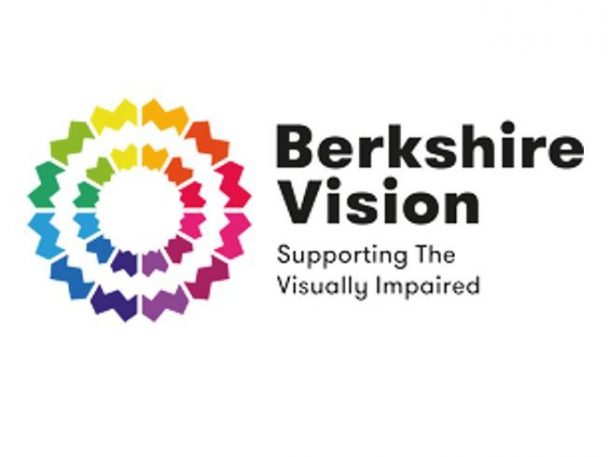
Berkshire Vision
Berkshire Vision “Try a Train” are designed to provide a safe environment for visually impaired children and young people to learn about navigating train stations and using Passenger Assist. These events play a crucial role in building confidence in using trains, especially as these young individuals transition from secondary education to adulthood.
During the “Try a Train” events, participants learn about various aspects of the railway, such as the time it takes for a train to brake and where to seek help while on board. They also get the opportunity to touch items like rails, guards’ paddle boards and high visibility vests.
Participants are taken on a tour of Reading station, where they gain practical knowledge about ticketing, booking Passenger Assist, safety measures, and station navigation. Finally, with the help of Passenger Assist they go on a short return train journey. Journeys have included a trip to Slough station where they got to experience the 125 going through the station, to understand more about the noise and sensory factors on the platform.
Following the success of “Try a Train” we extended the project to create opportunities for groups who had been on a “Try a Train” event to visit places of interest by train that they might have felt were previously inaccessible to them. Trips have included touch tours at the Ashmolean Museum in Oxford and at Windsor Castle.
Partnerships with Southeast Communities Rail Partnership and Great Western Railways have made these projects possible.
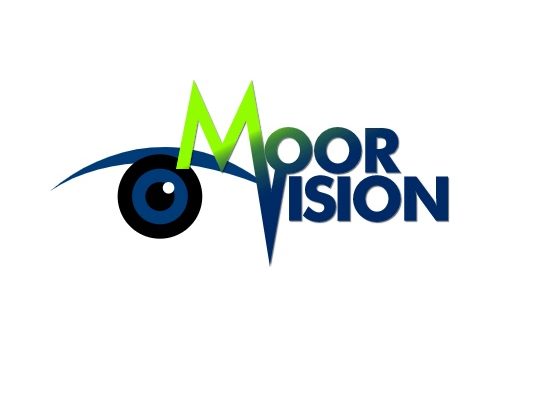
MoorVision
The Children and Young People’s Sight Loss MOT, provides a comprehensive assessment framework and support package to families of children and young people with both VI and VI plus additional needs across the far south west. It covers 8 areas: medical, low vision, independence, health/wellbeing, home living/learning, education/transitions, mobility and financial.
Trained staff evaluate all areas of the child’s life in relation to their sight loss and implement support for them and their family. The MOT visit is followed up within two weeks with a very thorough and personalised information and support pack. Any necessary referrals are made. The family is contacted after 3 months to assess the impact of the MOT.
Feedback:
- “Thank you for all the hard work you have put into this and for the contact information supplied, we will use it all.”
- “Thank you so much for the information, I’m going to really absorb it and will action things ASAP. I’ve already done so much. Thank you again.”
The MOT is ‘scored’ using a red/amber/green traffic light system at the start of the assessment and 3 months later. In all cases, there has been an increase in every area from red to amber or green or amber to green.
MoorVision will also enable other local societies and organisations working with children with VI to adapt the MOT for their own use at no cost.
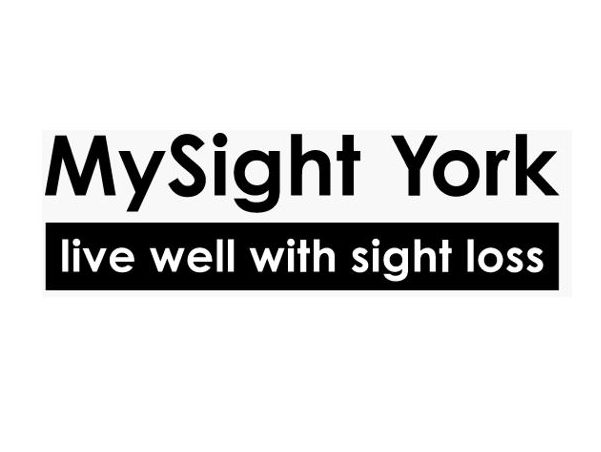
MySight York
Our amazing sensory story telling project means children with sight loss can access inspiring and accessible story times at their local libraries.
Parents of children with sight loss told us they wanted their children to enjoy stories with others to build a strong foundation for their literacy.
Imogen, an occupational therapy student living with sight loss, who was on placement at MySight York, also had a side line as a storyteller. She was the perfect person to bring the project to life. Imogen developed a super sensory story telling pack for twelve popular children’s stories, including Mole’s Sunrise by Jeanne Willis and After the Storm by Nick Butterworth. These included large print and braille versions of the stories, tactile objectives and props representing settings and characters.
Imogen delivered a series of story times at the fifteen local libraries. These were popular with children with sight loss and their siblings. Imogen trained the librarians at the sessions in how to use the packs and engage with children with sight loss. The pack and approach are now used in the libraries at all story times, engaging children with sight loss and delivering more engaging and participatory sessions for all children.
The project is providing children with sight loss in York with a love of stories, which will provide a foundation for their literacy. The skills which the library staff have gained also mean children in York with sight loss feel at home in their local libraries.
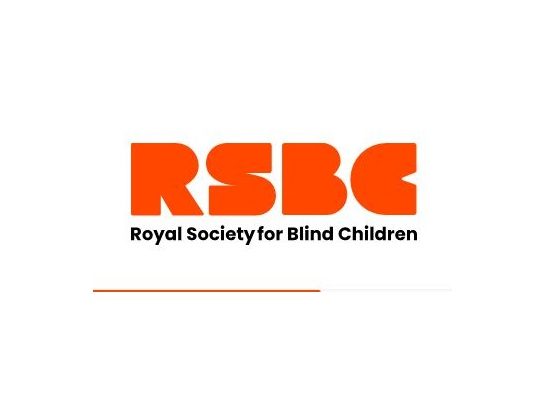
RSBC (Royal Society for Blind Children)
At RSBC we have been supporting children and young people through our new “Moving on up” group.
Transitions can be a challenging time for VI children. We had high levels of referrals for support from Year 6 pupils in the summer term and high referrals of Year 7 pupils as they started school. Secondary school is such a contrast to primary school and children wanted to know:
- “How will I know who is in my classes as they differ through the day, and I can’t see everyone?”
- “How will I know where to go in school and how will I get around?”
- “How do I move my kit from lesson to lesson?”
- “How will I get homework done?”
- “How will I get to school?/I want to walk with my friends to school.”
- “Will I get bullied?”
- “How will I make new friends?”
Bringing children together, they could understand they were not alone in their worries, and could start that journey to prepare for secondary school by sharing tips and ideas, all with the support of our Family Practitioners. In the first year we have seen great improvement in the confidence levels of children, they chat freely with each other now, after starting off needing prompts to join in. We have seen a real shift in energy from worry and anxiety to anticipation and optimism, and even have new groups planned for children to stay in touch as they start Year 7. This group will now continue to help children “Move on up”.
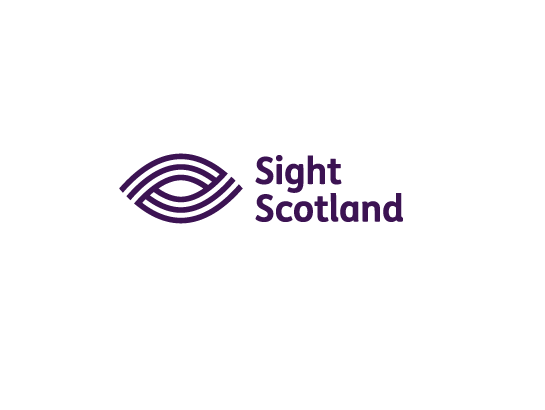
Sight Scotland and Sight Scotland Veterans
Sight Scotland’s Royal Blind School, in collaboration with vision impairment experts from across Europe, has spent the past year working on the 3D4VIP project, a 3-D-printing project seeking to create a database of objects that will help people with visual impairment in their learning.
The project partners are two schools in Germany, a Dutch vision impairment organisation, and a Spanish vision impairment organisation. 25 objects have been specifically designed so that learners with a visual impairment can touch and feel 3D models, allowing them to understand an object and fill in conceptual gaps. The project has focused on objects that someone blind from birth may never be able to touch, because they are too large, small, dangerous or fragile to handle. For example, a human cell is too small, and a snake is too dangerous. Importantly, the project has been tested and evaluated by VI learners.
The project’s website, launched in June 2023, is aimed at mainstream teachers, VI teachers, parents – anyone who may have access to a 3D printer who may benefit from our expertise.
The project has already had a significant impact. Recently, pupils at the Royal Blind School were able to understand the layout and structure of the school itself for the first time in their life, due to the making of a 3D model of the school. The project has opened doors to understanding which someone who has been blind from birth might otherwise have never had access to.
Join our mailing list
If you would like to receive regular news and updates about our work, then you can sign up to our mailing list.
